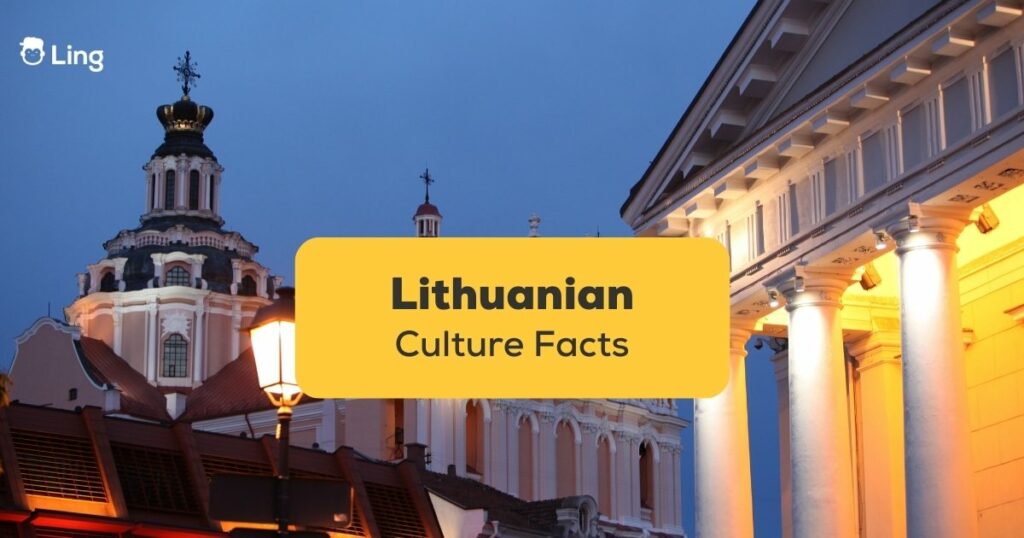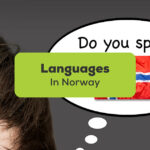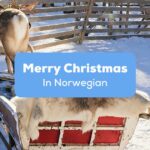Lithuania, a country by the Baltic Sea, is full of surprises. From its ancient Lithuanian language (lietuvių kalba) to the national sport of basketball (krepšinis), there’s much to explore.
Are you a traveler or learning the Lithuanian language? You’ll find unique insights here.
We’ll uncover the history, traditions, and intriguing Lithuanian culture facts that make this place special.
Whether it’s the taste of Lithuanian beer (alus) or the impact of the Soviet occupation, this article is your guide. Let’s get started.
The Quirky Side Of Lithuania
Lithuania is a country full of surprises and unique attributes. Let’s explore what sets it apart, from unconventional tourism advertising to a national perfume.
Tourism Advertising
In a daring marketing campaign, Lithuania referred to Vilnius as the “G-spot of Europe.” This, one of the most interesting facts about Lithuania, garnered international attention. It also sparked curiosity about the undiscovered treasures of the city.
National Perfume
“The Scent of Lithuania” is Lithuania’s national perfume. This perfume is made of wildflowers, ginger, raspberry, sandalwood, and musk. It’s a symbol of national pride and captures the essence of Lithuania’s natural beauty.
Vilnius Swings
An anonymous swing foundation installs swings around Vilnius, changing their locations frequently. This playful initiative adds a whimsical touch to urban spaces. As a result, this invites residents and visitors to engage with the capital city.
Culture And Lifestyle
Lithuanian culture facts reflect its values, traditions, and lifestyle. Let’s uncover what makes Lithuanian life unique.
Family And Tradition
Many Lithuanians live in apartments. However, they still maintain cottages in the country, known as “sodyba,” for growing fruits and vegetables. Family life is central, and traditional practices like gardening are cherished.
Traditional Food And Clothing
Traditional clothing is worn during festivals, with colorful woven costumes. Lithuania’s diet includes specialties like “cepelinai” (potato dumplings) and “šaltibarščiai” (cold beet soup). This reflects Lithuania’s rich agricultural roots.
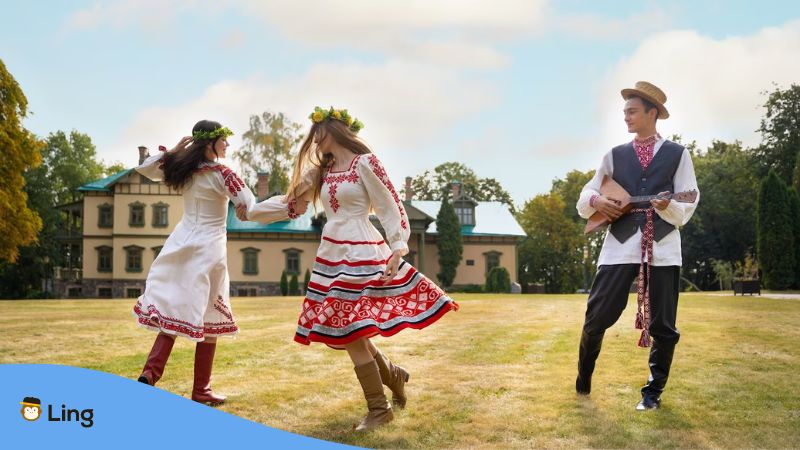
Historical Insights
Lithuania’s history is marked by significant events and transformations. Let’s delve into Lithuania’s historical facts.
Historical Size And Capitals
Lithuania was the largest country in Europe during the 15th century. It is known as the Grand Duchy of Lithuania. It has four different Lithuanian capital cities: Kernave, Trakai, Kaunas, and Vilnius.
Relationship With Poland
Originally, Lithuania and Poland were one country. They formed the Polish-Lithuanian Commonwealth until the end of the 18th century. This historical union shaped the cultural and political ties between the two nations.
Demography And Language
Understanding Lithuania’s demography provides insights into its social dynamics and linguistic heritage. Let’s look at Lithuania’s population details and the significance of its language.
Population Diversity
Around 2.8 million people live in Lithuania. Ethnic Lithuanians make up 80.6% of the population, while the Russians (8.7%), Poles (7%), and other ethnic groups also contribute to the country’s cultural mosaic.
Linguistic Heritage
Lithuanian, spoken by around 3 million people, is one of the oldest languages in the world. It’s also known as “lietuvių kalba.” It reflects Lithuania’s connection to nature, history, and the Indo-European linguistic family.
Natural Resources And Economy
Lithuania’s natural resources are vital to its economic strength and sustainability. Let’s discover how these natural treasures shape Lithuania’s industries and cultural heritage.
Natural Resources
Lithuania’s resources include timber, peat, potassium, phosphorus, and magnesium. These elements support industries like shipbuilding. They also use them for furniture making, textiles, and food processing. These industries play a crucial role in economic growth.
Amber Industry
Known as “Baltic Gold,” Lithuania holds over 65% of Europe’s total amber resources. Lithuania’s amber industry contributes to its cultural heritage and economic prosperity. This symbolizes a blend of tradition and innovation.
Travel And Tourism
Lithuania’s travel and tourism sector is rich in experiences, from historical sites to natural wonders. Let’s uncover what Lithuania has to offer.
Highlights For Travelers
Travel highlights include forests, reserves, the Curonian Spit (a UNESCO World Heritage Site), and the Kernave Archaeological Site. Don’t forget to enjoy the fast internet speeds and unique attractions like the Stelmuze Oak.
Oldest Tree In Europe
The Stelmuze oak, at least fifteen hundred years old, is considered Europe’s oldest tree. It symbolizes Lithuania’s resilience and commitment to conservation. In Lithuania, forests cover over a third of the country.
Safety And Security
Lithuania is generally safe. However, awareness of local laws and customs is essential. Traffic safety varies, and medical facilities may not meet Western standards. But with care, visiting Lithuania can be safe and enjoyable.
Visiting Customs
Punctuality is expected in Lithuania, and drinking vodka (for men) is common during social visits. These customs reflect Lithuania’s social norms and values.
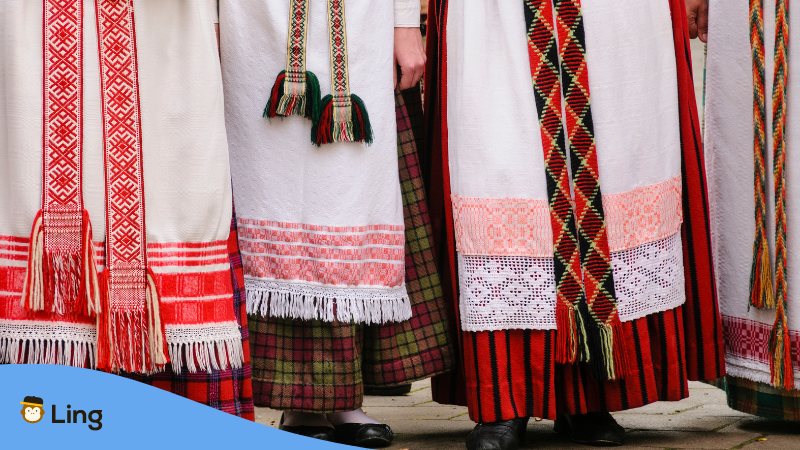
Unique Traditions And Celebrations
Lithuania’s traditions are colorful expressions of history, culture, and community. Let’s uncover some of their most distinctive celebrations.
Easter Traditions
Unlike other traditions, in Lithuania, Easter eggs are brought by granny Velykų Bobute. These come with bunnies decorating the eggs. It’s a whimsical twist that adds folklore charm to the holiday.
St. Patrick’s Day Celebration
The river Vilnia turns bright emerald green for St. Patrick’s Day. It’s a tradition that originated in Chicago. This vibrant celebration is a nod to global cultural connections and Lithuania’s inclusive identity.
Political And Economic Landscape
Lithuania’s political and economic landscape tells a story of resilience and growth. Let’s delve into its history, international relations, and economic progress.
Soviet Union History
Once part of the Soviet Union, Lithuania maintained its language and culture, gaining independence in 1991. It was the first to declare independence from the USSR on March 11, 1990.
European Union Membership
Joining the EU in 2004 led to improvements in various sectors. This gained a 50% increase in GDP per capita. And then, in 2015, Lithuania switched to the Euro, further integrating Lithuania into the European economic system.
Learn Lithuanian Culture Facts With Ling!
Embarking on a journey to learn the language or explore the rich culture of Lithuania? The Ling app is here to guide you!
With over 60+ languages, including Lithuanian, you can dive into a world of language learning that’s engaging, fun, and informative.
Whether you’re passionate about history, food, or traditions, the Ling app brings the essence of Lithuania to your fingertips.
Download the Ling app on Google Play and App Store today and start your linguistic adventure. Explore Lithuanian culture facts and beyond with Ling!
